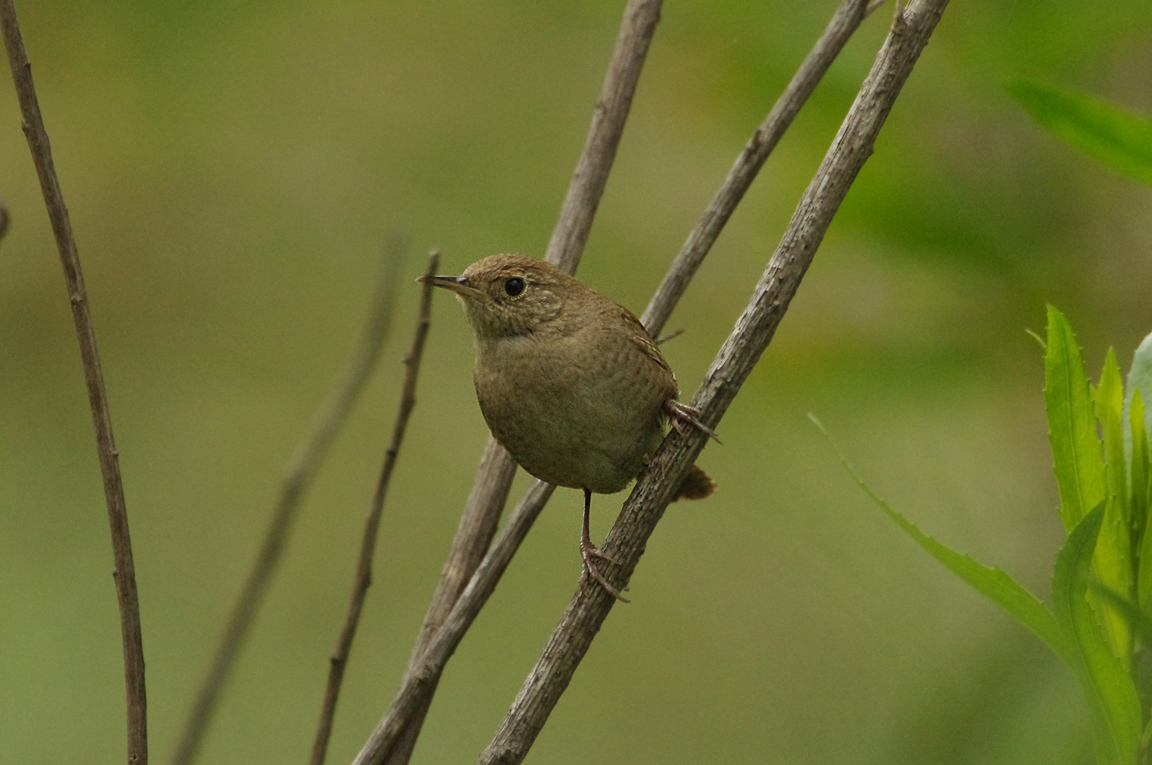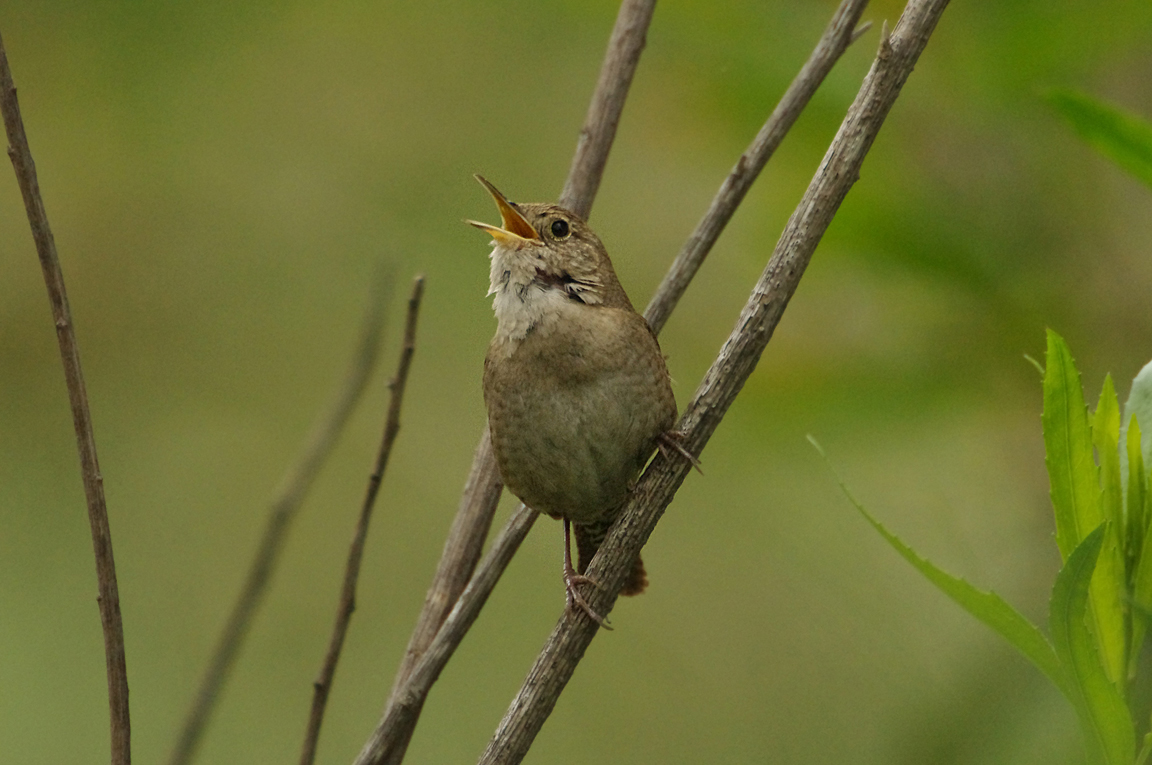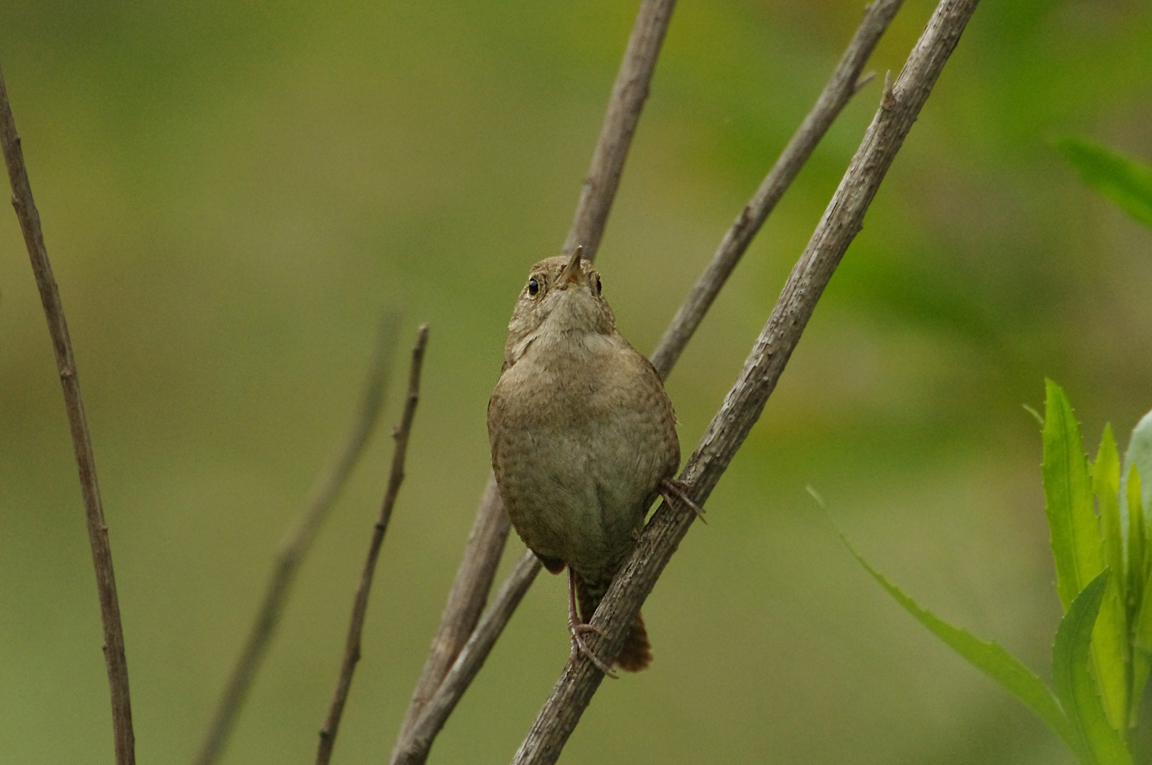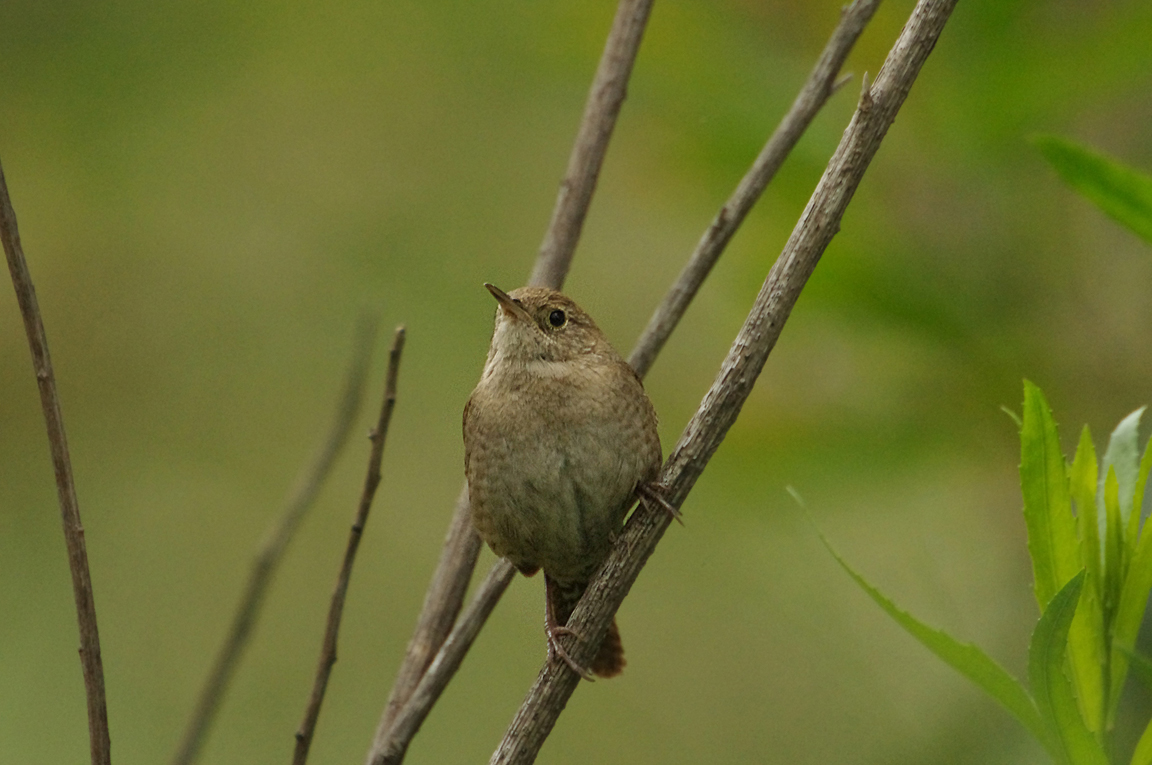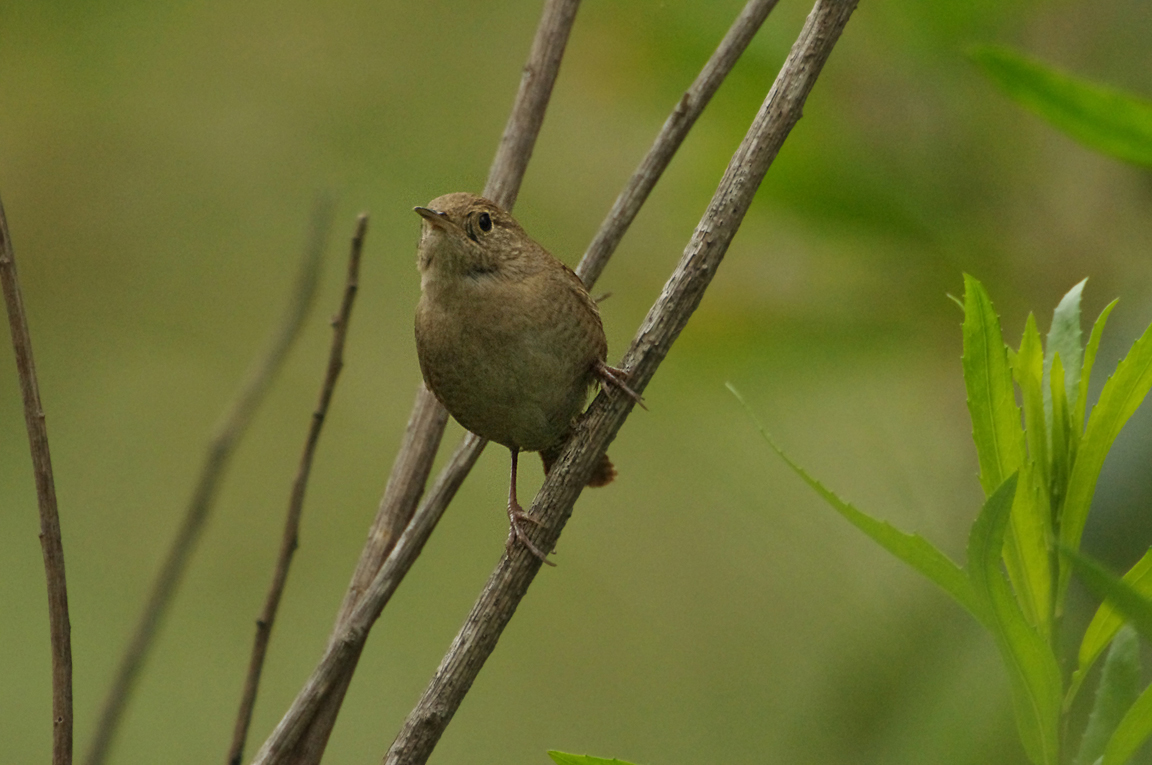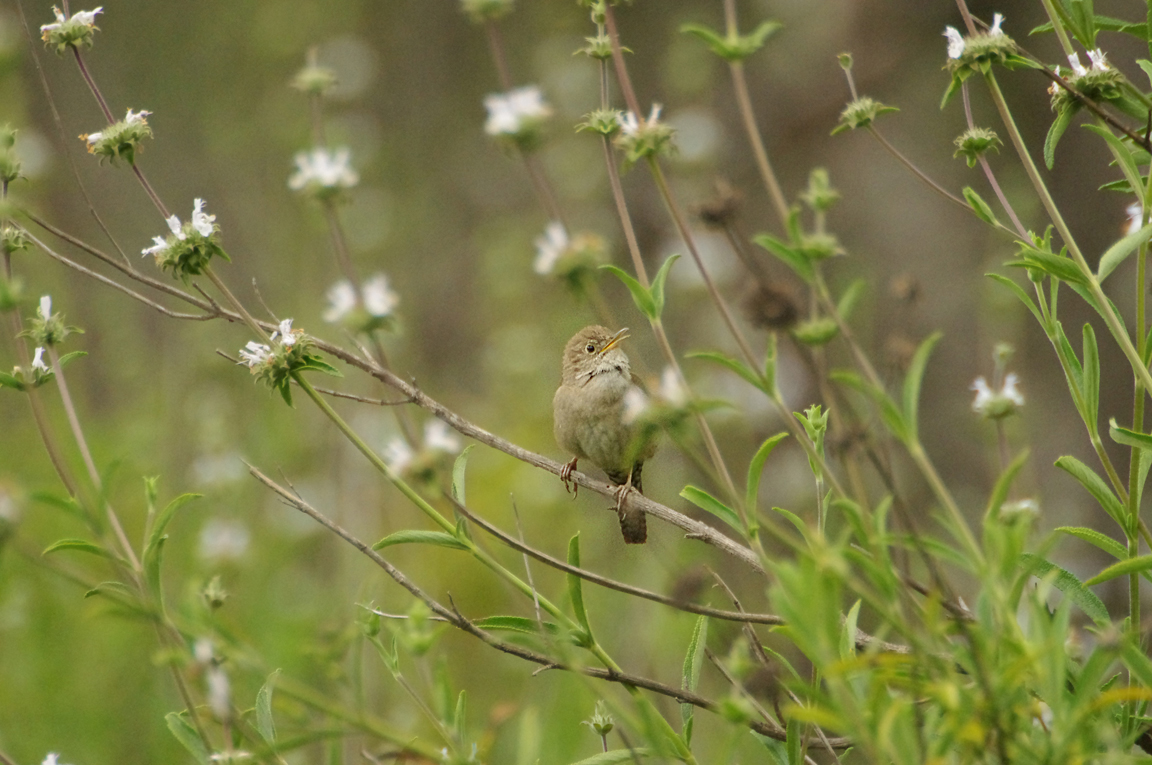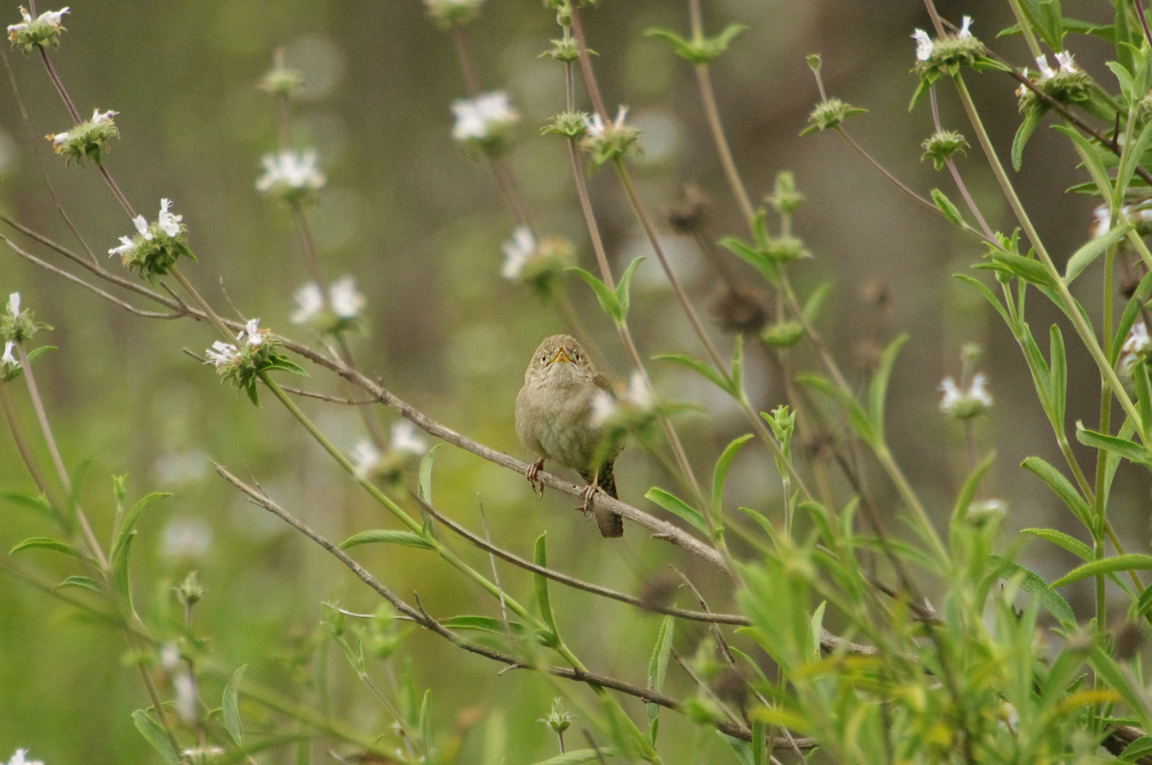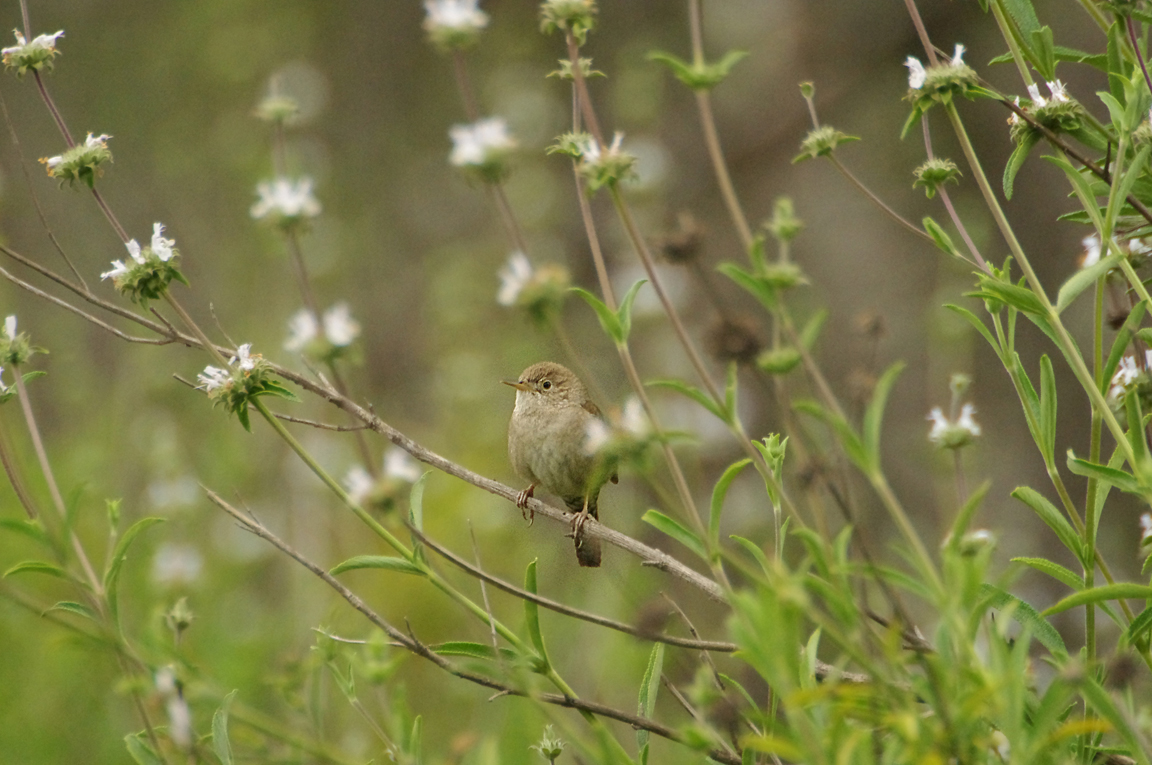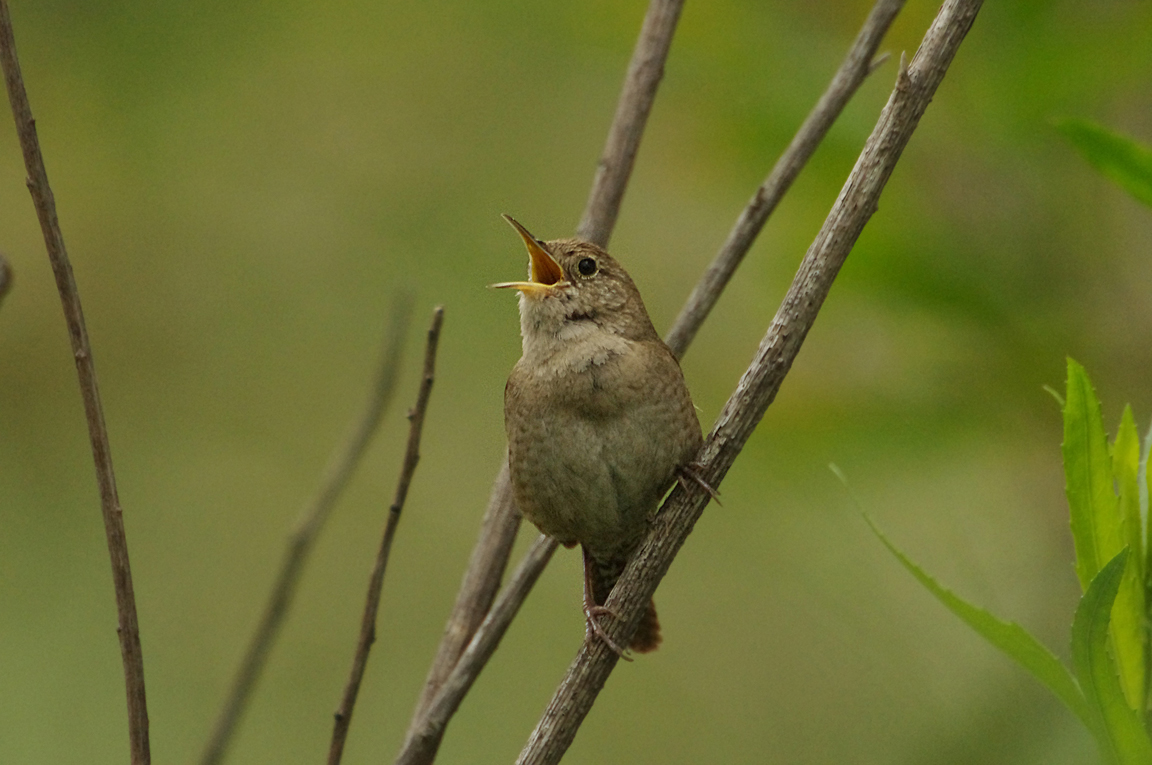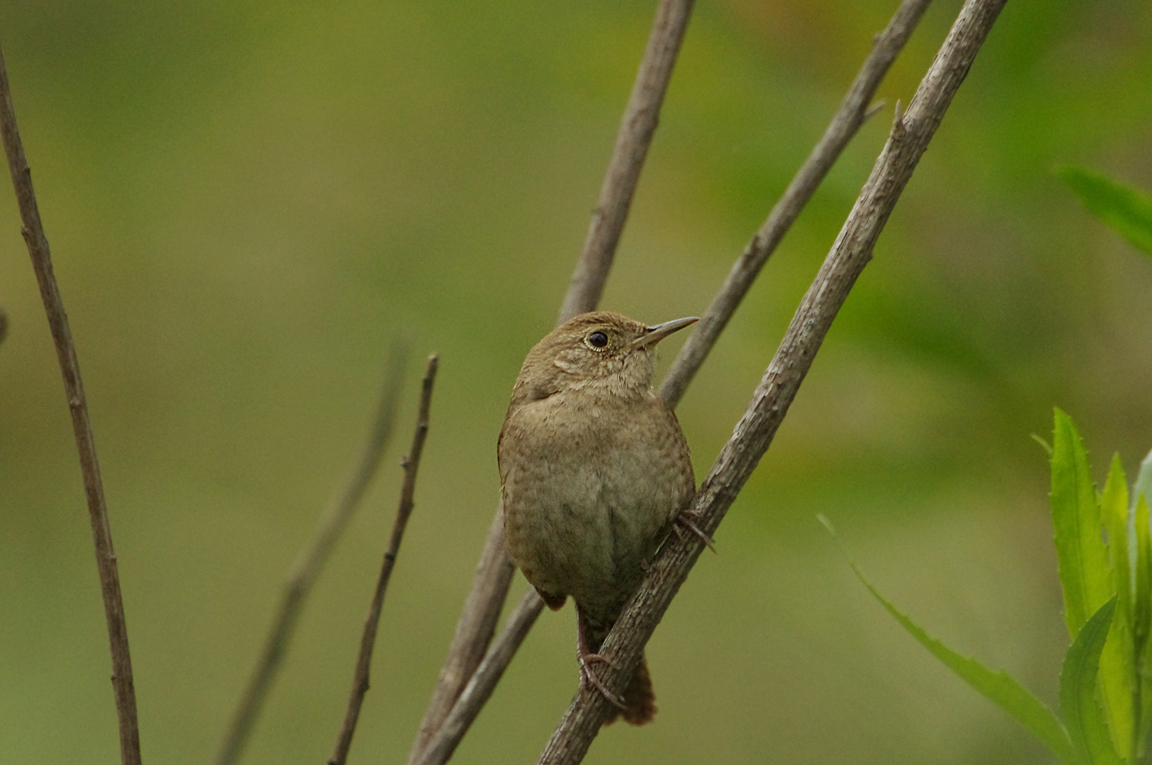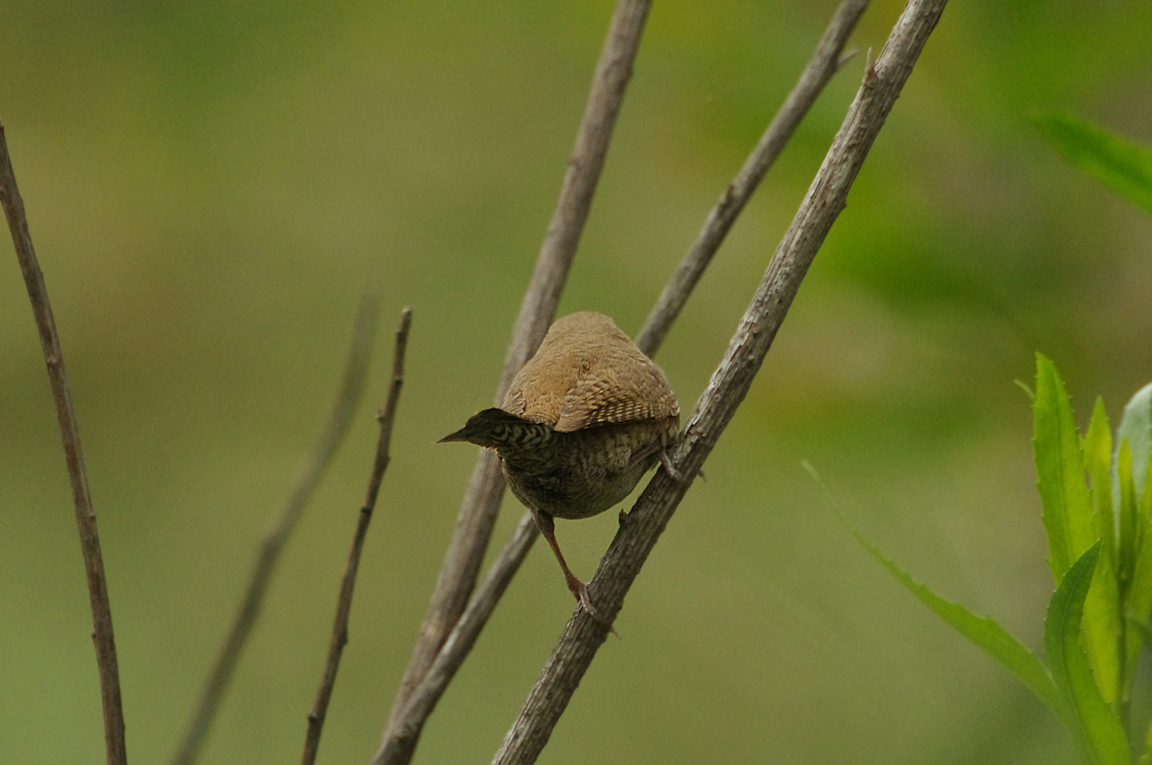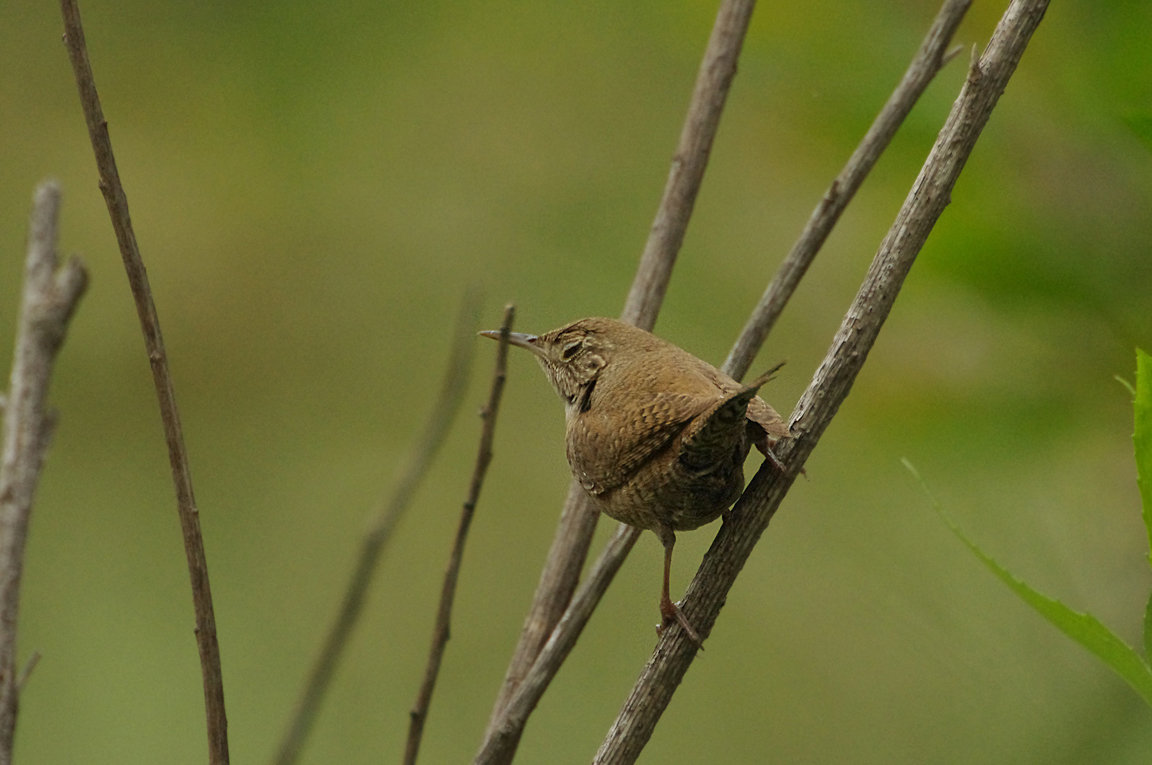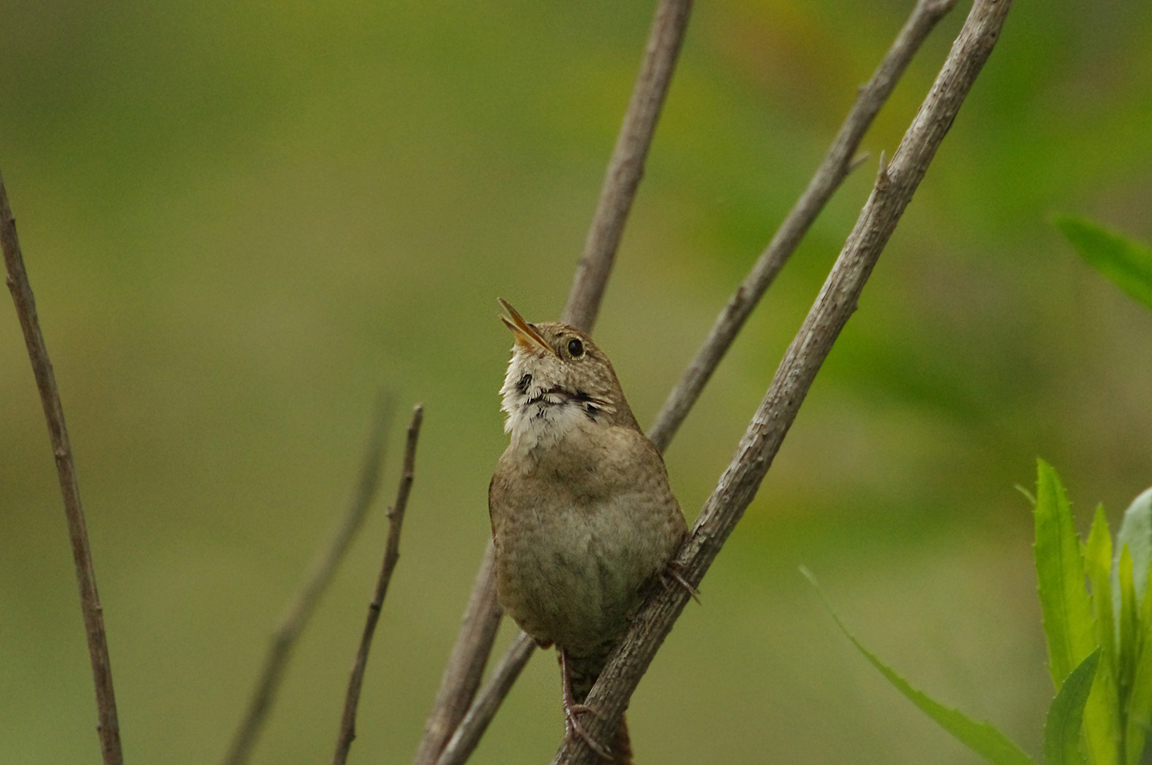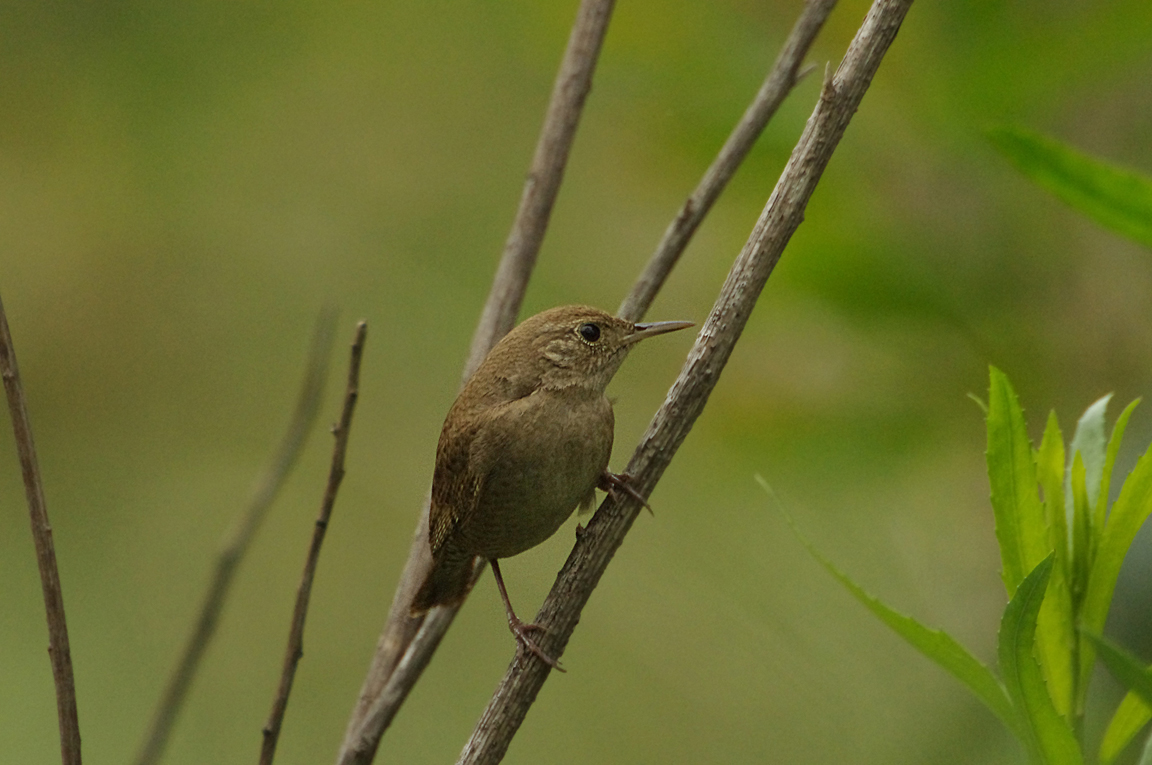|
|
|
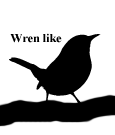 |
House Wren
|
| Troglodytes aedon | |
A plain brown bird with an effervescent voice, the House Wren is a common backyard bird over nearly the entire Western Hemisphere. Listen for its rush-and-jumble song in summer and you'll find this species zipping through shrubs and low tree branches, snatching at insects. House Wrens will gladly use nestboxes, or you may find their twig-filled nests in old cans, boots, or boxes lying around in your garage.
Interesting Information
-
The House Wren has one of the largest ranges of any songbird in the New World. It breeds from Canada through the West Indies and Central America, southward to the southernmost point of South America.
-
House Wrens nest inside tree holes and nest boxes. As the season progresses their nests can become infested with mites and other parasites that feed on the wren nestlings. Perhaps to fight this problem, wrens often add spider egg sacs into the materials they build their nests from. In lab studies, once the spiders hatched, they helped the wrens by devouring the nest parasites.
-
A House Wren weighs about as much as two quarters, but it's a fierce competitor for nest holes. Wrens will harass and peck at much larger birds, sometimes dragging eggs and young out of a nest site they want - even occasionally killing adult birds. In some areas they are the main source of nest failure for bluebirds, Tree Swallows, Prothonotary Warblers, and chickadees.
-
For House Wren eggs, temperature inside the nest box can be critical to survival. If a sun-drenched nest box warms above about 106 degrees Fahrenheit for an hour, the eggs will begin to die. If a cold snap chills a nest below about 65 degrees Fahrenheit for more than a day it can also doom the eggs.
-
Male House Wrens returning north to breed in their first year are more likely to settle close to an established male than farther from it. Experienced males tend to settle farther apart. Young males may take clues from more experienced males about what areas are good nesting sites.
-
The oldest known House Wren was nine years old.
Description
Adult Description
Size & Shape
Small and compact, with a flat head and fairly long, curved beak. Short-winged, often keeping its longish tail either cocked above the line of the body or slightly drooped.
-
Length Range: 10-13 cm (4-5 in)
-
Weight: 11 g (0.4 oz)
-
Size: Very Small (3 - 5 in)
Color Pattern
Subdued brown overall with darker barring on the wings and tail. The pale eyebrow that is characteristic of so many wren species is much fainter in House Wrens.
Sex Differences
Sexes Similar
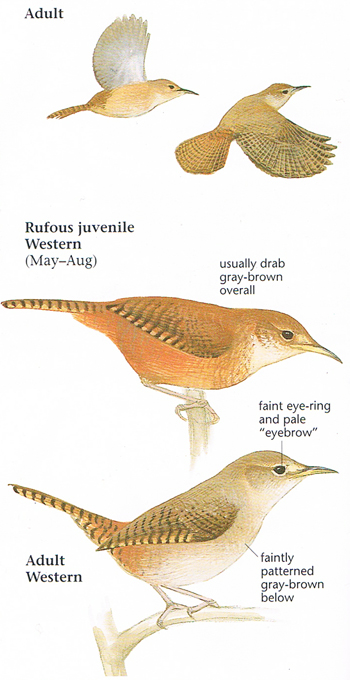
Photo taken from: The Sibley Field Guide by David Allen Sibley
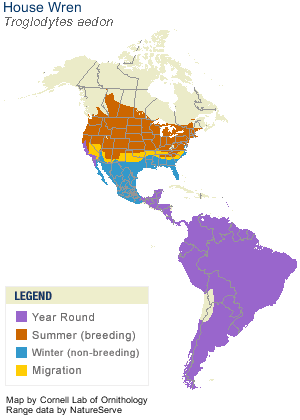
© 2003 Cornell Lab of Ornithology
|
Habitat |
|
In summer, House Wrens are at home in open forests, forest edges, and areas with scattered grass and trees. Backyards, farmyards, and city parks are perfect for them. In winter they become more secretive, preferring brushy tangles, thickets, and hedgerows. |
|
Behavior |
|
Bubbly and energetic, just like their songs. Look for House Wrens hopping quickly through tangles and low branches and, in spring and summer, frequently pausing to deliver cheerful trilling songs. |
|
Food |
|
Eats a wide variety of insects and spiders, including beetles, caterpillars, earwigs, and daddy longlegs, as well as smaller numbers of more mobile insects such as flies, leafhoppers, and springtails. Also eats snail shells, probably for the calcium they contain and to provide grit for digestion. |
Taxonomy
| Kingdom: | Animalia |
| Phylum: | Chordata |
| Subphylum: | Vertebrata |
| Class: | Aves |
| Order: | Passeriformes |
| Family: | Troglodytidae |
| Genus: | Troglodytidae |
| Species: | Troglodytes aedon |
| Subspecies: | Troglodytes aedon aedon |
| Troglodytes aedon baldwini | |
| Troglodytes aedon guadeloupensis | |
| Troglodytes aedon mesoleucus | |
| Troglodytes aedon parkmanii |
Similar Species |
|
|
Bird Sound |
|
Both males and females sing. Males often sing 9-11 times per minute during breeding season. Songs are a long, jumbled bubbling introduced by abrupt churrs and scolds and made up of 12-16 recognizable syllables. Females sing mainly in answer to their mates shortly after pairing up; their songs can include high-pitched squeals unlike any sounds males make. |
|
Eggs look like this |
|
Photo taken from: ARCTOS Collaborative Collection Management Solution |
